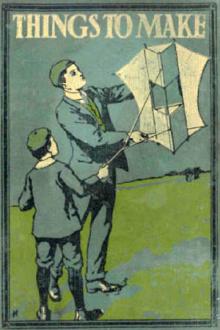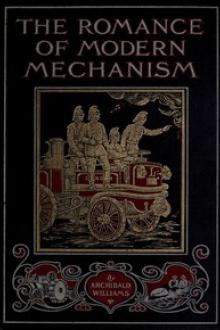How it Works
How it Works
Dealing in simple language with steam, electricity, light, heat, sound, hydraulics, optics, etc., and with their applications to apparatus in common use
How does it work? This question has been put to me so often by persons young and old that I have at last decided to answer it in such a manner that a much larger public than that with which I have personal acquaintance may be able to satisfy themselves as to the principles underlying many of the mechanisms met with in everyday life. (see http://www.gutenberg.org/files/28553/28553-h/28553-h.htm for illustrations)
Book Excerpt
If you place a pot filled with water on an open fire, and watch it when it boils, you will notice that the water heaves up at the sides and plunges down at the centre. This is due to the water being heated most at the sides, and therefore being lightest there. The rising steam-bubbles also carry it up. On reaching the surface, the bubbles burst, the steam escapes, and the water loses some of its heat, and rushes down again to take the place of steam-laden water rising.
[Illustration: FIG. 1.]
[Illustration: FIG. 2.]
If the fire is very fierce, steam-bubbles may rise from all points at the bottom, and impede downward currents (Fig. 1). The pot then "boils over."
Fig. 2 shows a method of preventing this trouble. We lower into our pot a vessel of somewhat smaller diameter, with a hole in the bottom, arranged in such a manner as to leave a space between it and the pot all round. The upward currents are then separated entirely from the downward, and the fire can be forced to a ve
Editor's choice
(view all)Popular books in Fiction and Literature, Romance, Mystery/Detective, Non-fiction
Readers reviews
0.0
LoginSign up
Be the first to review this book

 Free Download
Free Download




















